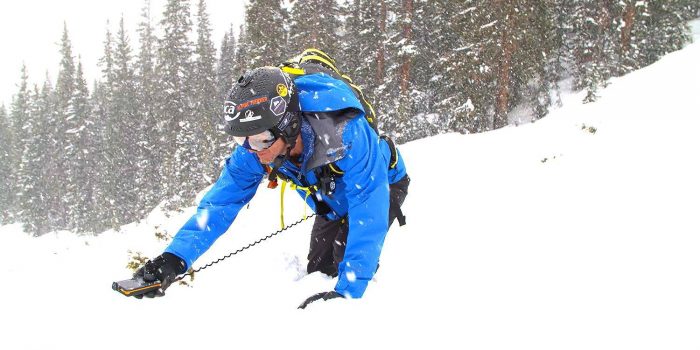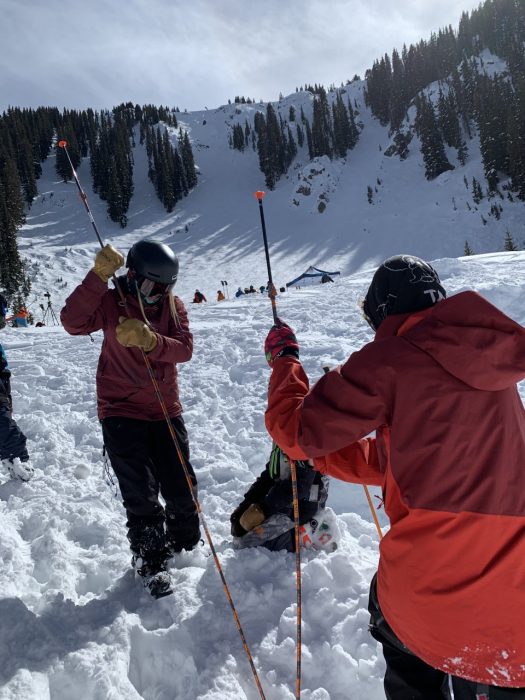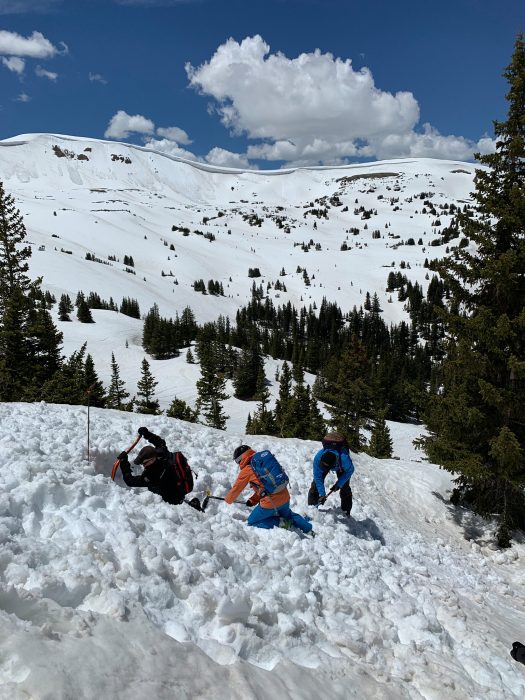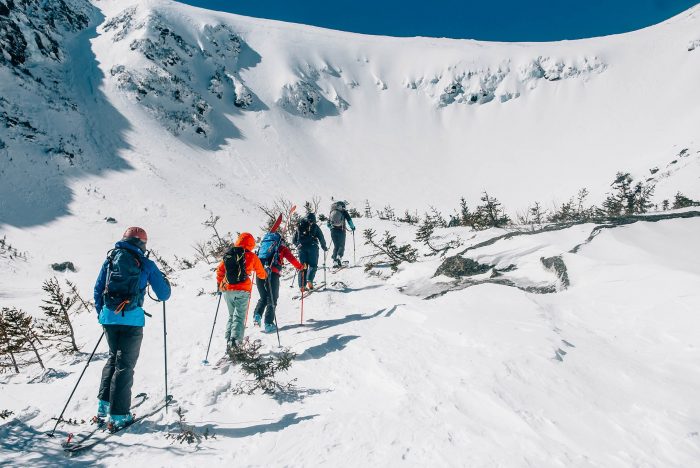
Brought to you by SCARPA Backcountry Week
This is the third installment of my highlighting Backcountry Access’ Avalanche Safety videos for SCARPA Backcountry Week. In the first three videos, we looked at single and multiple burial avalanche search and rescue techniques with BCA transceivers. In the next two, we will look at probing and shoveling.

There have been 16 recreational avalanche deaths since January 30th, 2021 in the United States, several of which have involved multiple victims. The Northwest Avalanche Center sent out a message today discussing these deaths. Some things that stuck out to me are:
In the past week we have experienced more recreational avalanche fatalities than during any other period in the last 100 years. These deaths are geographically diverse and many communities across the country are dealing with tragedy.
Although we are only halfway through the winter season, we are approaching our national average for avalanche Fatalities. This should concern all of us.
There are more people in the backcountry than ever before, and more people in the mountains increases the probability of human triggered avalanches.
– Scott Schell, Executive Director and Dennis D’Amico, Forecast Director – Northwest Avalanche Center

With more people traveling in the backcountry in hazardous avalanche conditions, we all have a responsibility to be sure that we are efficient with our rescue techniques. BCA’s Avalanche Safety videos are a great way to learn these techniques, but they are no substitute for actual practice with our partners out in the field. The beacon search is only the start of the avalanche search and rescue process, and because of recent developments in transceiver technology is probably the easiest to learn. Probing and shoveling are much more hands-on and are much more dependent on environmental factors that are beyond the rescuers’ control.
After an avalanche transceiver search has narrowed down the victim’s location, probing is used to determine the exact location and depth of the buried victim. Probes can be used for companion rescue where victims have been located with a beacon, spot probing, where no beacons are used to locate the victim, and organized probe lines that are not normally used in a recreational companion rescue setting.
Digging out a buried avalanche victim is the most difficult and time-consuming part of the avalanche search and rescue process. Efficient and effective shoveling techniques can make digging out the victim faster and easier. Things to consider when shoveling include burial depth, slope steepness, and the number of rescuers involved. Companion rescue in a recreational setting usually involves a single victim with few rescuers available to dig them out. Multiple victim incidents present the additional challenge of deciding how to best use your resources at hand and may involve you having to decide who to dig for first. Keep this in mind when traveling in larger groups.
Backcountry Access’ Avalanche Safety videos can be found on their website https://backcountryaccess.com/.
